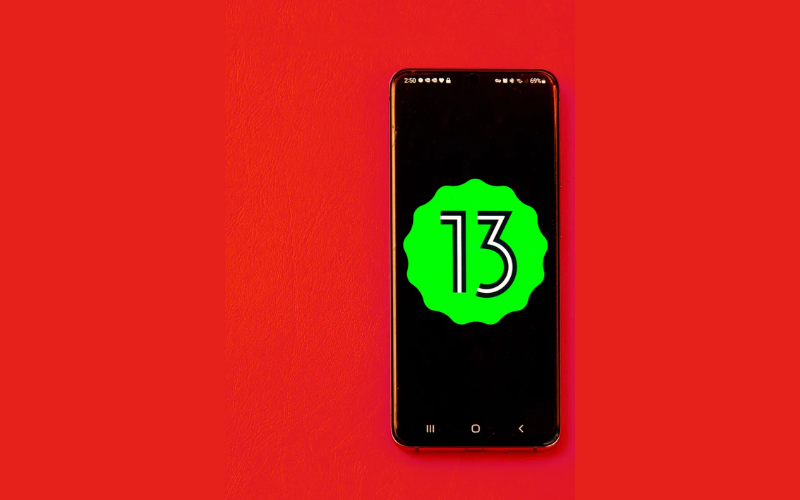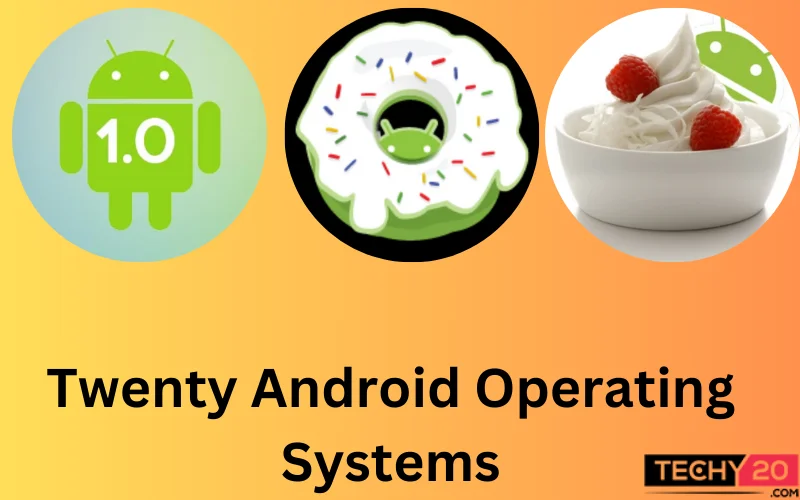Google developed the famous and broadly utilised operating system referred to as Android OS. It first appeared in 2008 and is still the dominant OS for smartphones, tablets, and other mobile devices. It is renowned for being open-source, allowing creators and producers to alter and configure the system to shape their necessities. Every new launch of Android provides improvements, updates, and new capabilities that assist the OS evolve to fulfill user expectations and the wishes of the smartphone industry. It continues to be a main participant in the worldwide telecommunication industry as a result. Here are a few Android Operating Systems:
1. Android 1.0 (Alpha)
Android 1.0, also known as Alpha, was the first version of the Android OS publicly released by Google in September 2008. It was intended for testing and development purposes and wasn’t available for user devices. This version laid the foundation for upcoming releases, offering a glimpse of the potential of the new mobile platform. It has basic features like an email client, a web browser, and support for third-party applications. However, it lacked some essential functionalities and user-friendly components that were later introduced in subsequent versions.
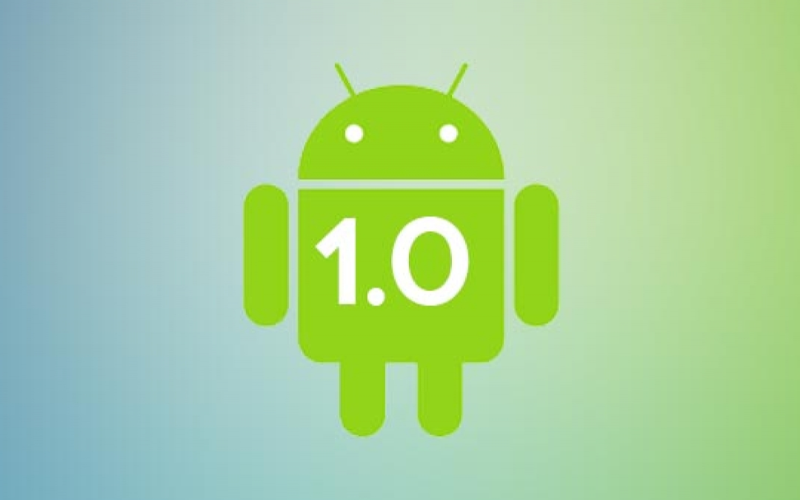
2. Android 1.1 (Beta)
Android 1.1, called Beta, was the first commercial release of the Android OS, released in February 2009. This version marked a significant step in Android’s development, bringing essential improvements and bug fixes. Among the notable inclusions were the on-screen keyboard support, permitting text input directly on touchscreens, and enhanced synchronisation with Google services such as Contacts and Gmail. It includes saving attachments from emails and support for third-party applications, allowing developers to develop more diverse and innovative applications for Android users.

3. Android 1.5 Cupcake
Released in April 2009, Android 1.5 Cupcake changed into a milestone in Android’s evolution. It introduced several critical features that substantially enhanced the user experience. It introduced support for widgets, permitting customers to personalize their home screen with live and interactive factors. Additionally, it introduced video recording capabilities, permitting users to seize and share pictures directly from their devices. It supports third-party virtual keyboards, increasing the options for textual input. With Cupcake, Android began to gain a reputation as a strong and flexible mobile operating system.

4. Android 1.6 Donut
Android 1.6 Donut, launched in September 2009, was constructed upon the inspiration laid by using Cupcake and further enhance the Android experience. One of the key features brought in Donut was gesture navigation, enabling users to navigate the interface using swipes and taps. This update also brought aid for specific screen resolutions, making Android devices more adaptable to diverse device sizes and form factors.

5. Android 2.0/2.1 Éclair
Released in October 2009, Android 2.0 Éclair changed into a widespread update that brought several new features and enhancements to the Android OS. It added support for multiple accounts on the same device, making it less difficult for customers to manipulate personal and work-associated profiles. The update additionally brought an improved camera interface, permitting users to access diverse camera settings more with ease. It brought support for HTML5 in the web browser, improving internet browsing abilities.

6. Android 2.2 Froyo
Android 2.2 Froyo, launched in May 2010, focused on performance upgrades and optimizations. One of the important features brought in Froyo was support for Adobe Flash, permitting customers to get access and view Flash-based content on their devices. This update enhances support for cloud services, permitting customers to synchronize their data with online storage platforms.

7. Android 2.3 Gingerbread
Released in December 2010, Android 2.3 Gingerbread delivered a user interface and various new features to the Android platform. It aids near-field communication (NFC), permitting users to interact with NFC-enabled devices and make mobile payments securely. This update has an advanced virtual keyboard with higher text input and auto-correction abilities.
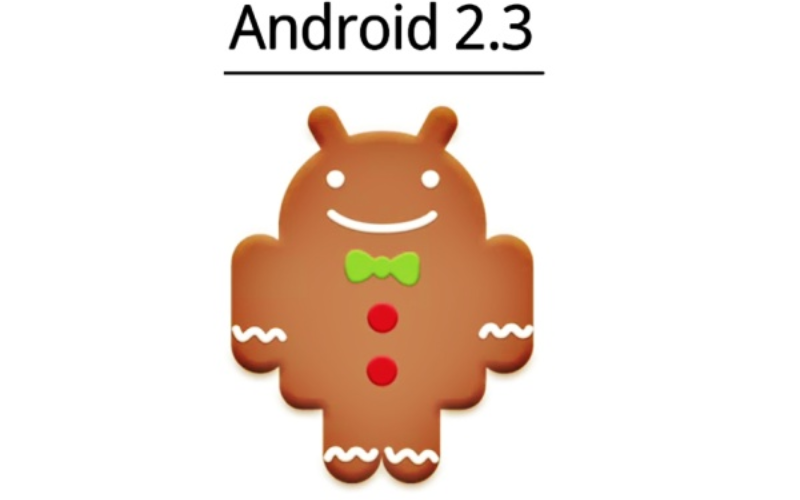
8. Android 3.0/3.1/3.2 Honeycomb
Android 3.0 Honeycomb, released in February 2011, has a departure from preceding versions because it was mainly for tablets. It introduced a tablet-optimised user interface with a redesigned home screen, multitasking interface, and navigation bar. Android 3.1 and 3.2 brings similar refinements and trojan horse fixes for a tablet experience. It enhances multitasking abilities, permitting users to switch between applications and access background processes more efficiently.

9. Android 4.0 Ice Cream Sandwich
Released in October 2011, Android 4.0 Ice Cream Sandwich became a primary update that aimed to unify the Android experience for both smartphones and tablets. It brought the Holo theme, offering a regular and modern-day layout for all devices. It brought several new capabilities, which include a revamped user interface, resizable widgets, and improved lock screen capability.

10. Android 4.1/4.2/4.3 Jelly Bean
Released in July 2012, Android 4.1 Jelly Bean brought performance improvements and new functions to the Android platform. Project Butter was introduced in this update, improving the responsiveness and making animations. Jelly Bean also introduced Google Now, a private assistant that supplied timely information and updates based on the person’s interests and behaviour.

11. Android 4.4 KitKat
.Released in October 2013, Android 4.4 KitKat aimed to optimise the Android experience for devices with lower memory and processing power. It provided several UI changes like an immersive full-display screen mode for media playback and a redesigned smartphone dialer and Hangouts app. It introduced the “OK Google” voice command, enabling users to perform voice searches and actions from the home screen.

12. Android 5.0/5.1 Lollipop
Released in November 2014, Android 5.0 Lollipop offered a visual overhaul to the Android user interface with the advent of Material Design. This update offered a more vibrant and intuitive design with smooth animations and consistent user experience across several devices.

13. Android 6.0 Marshmallow
Released in October 2015, Android 6.0 Marshmallow focused on refining the user experience and introducing new capabilities. It offered granular app permissions, allowing customers to access the permissions granted to apps. It added the Now on Tap feature, allowing users to access contextual information and suggestion by long-pressing the home button.

14. Android 7.0/7.1 Nougat
Released in August 2016, Android 7.0 Nougat introduced several new functions and upgrades to the Android platform. It introduced multi-window support, permitting customers to run apps concurrently in split-screen mode. It introduced Direct Reply, which enabled users to answer messages directly from the notification column. It brought Daydream, a virtual reality platform that provided a new way to enjoy VR on compatible gadgets.
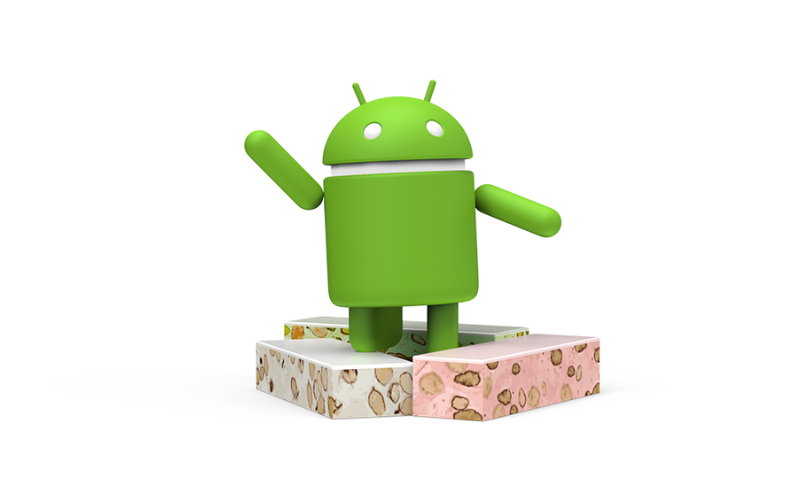
15. Android 8.0/8.1 Oreo
Released in August 2017, Android 8.0 Oreo delivered several improvements to the Android experience. It introduced Picture-in-Picture mode, permitting customers to continue watching pictures in a small window while the usage of other applications. It brought notification dots, allowing users to interact with app notifications immediately from the home screen.
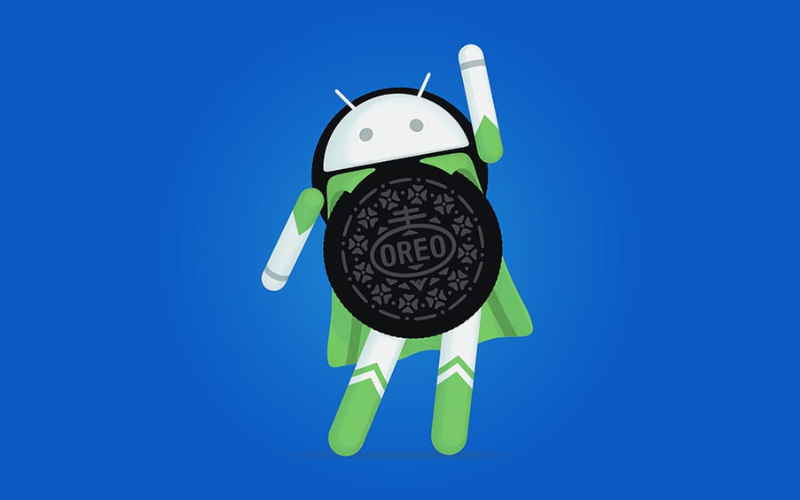
16. Android 9.0 Pie
Released in August 2018, Android 9.0 Pie focused on supplying a smarter and more adaptive user experience. It introduced Adaptive Battery and Adaptive Brightness, which used machine learning to optimize battery usage and screen brightness based on usage. It introduced Slices, which allows applications to show relevant slices of their content in search results. It improves the overall user experience and offers a more intuitive and efficient Android platform.

17. Android 10
Released in September 2019, Android 10 introduced diverse improvements and new features to the Android environment. It added a dark mode, permitting users to switch to a darkish theme for the system and supported applications. It offered a new gesture navigation system, presenting users with an intuitive way to navigate their devices.
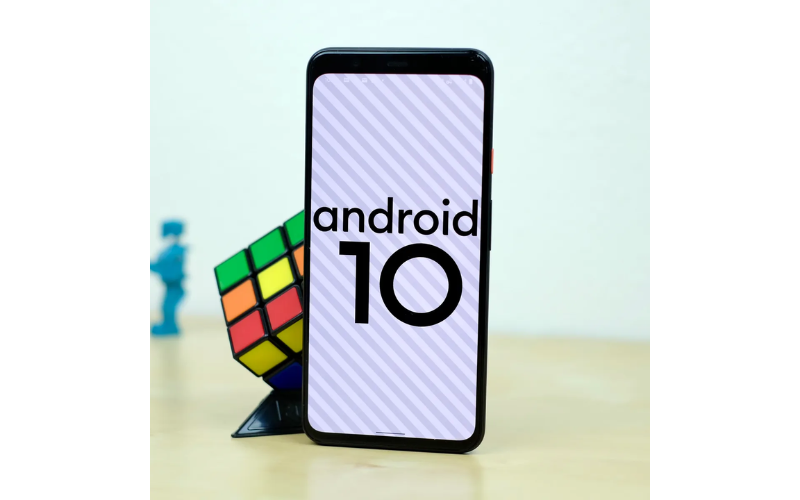
18. Android 11
Released in September 2020, Android 11 focused on improving communication, privacy, and control for users. It offered a new conversation section in the notification column, making it easy for users to manage and prioritize their notifications from messaging applications. It added chat bubbles, allowing customers to keep important conversations as floating bubbles on the screen.
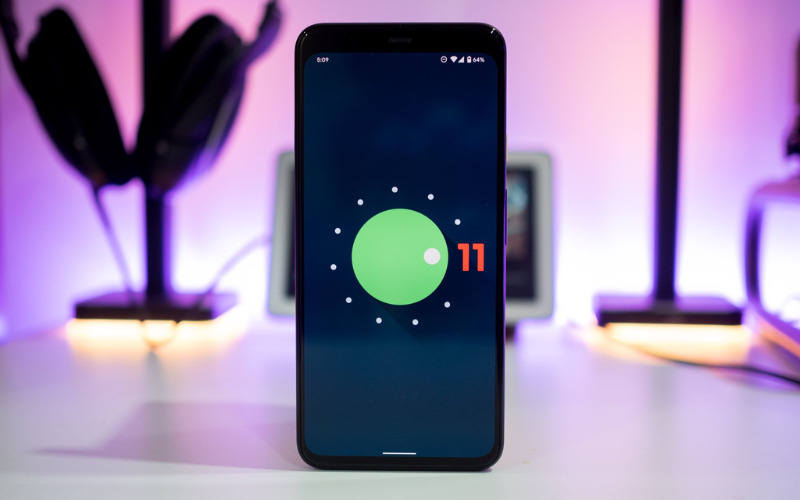
19. Android 12
Released in October 2021, Android 12 targeted personalization and visual enhancements. It delivered the Material You design language, allowing customers to customise the device appearance using customizing colours and shapes. It brought a new privacy dashboard, supplying customers with special information on app permissions and data utilization.
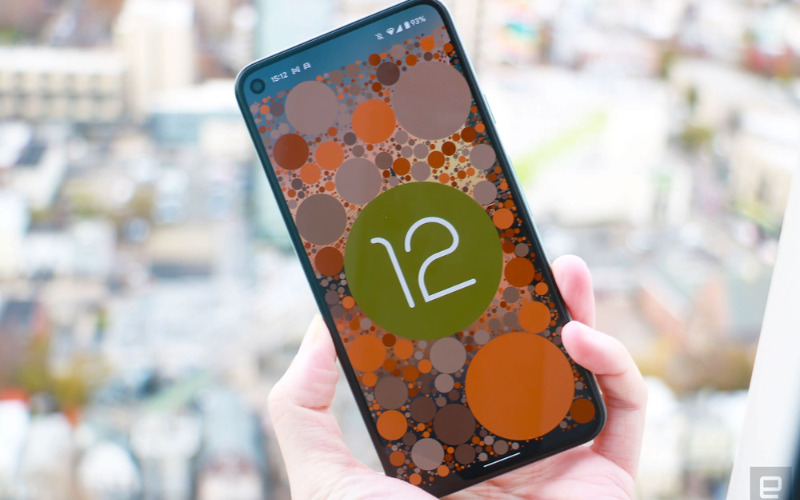
20. Android 13
Android 13 was launched on August 2022. It is packed with features such as HDR video support on third-party camera applications, language changes for a specific application rather than an entire system and advanced animation. It is intended to enhance user privacy at the user-facing and developer-facing. A new media picker is introduced to select specific photographs for only certain apps to access.
